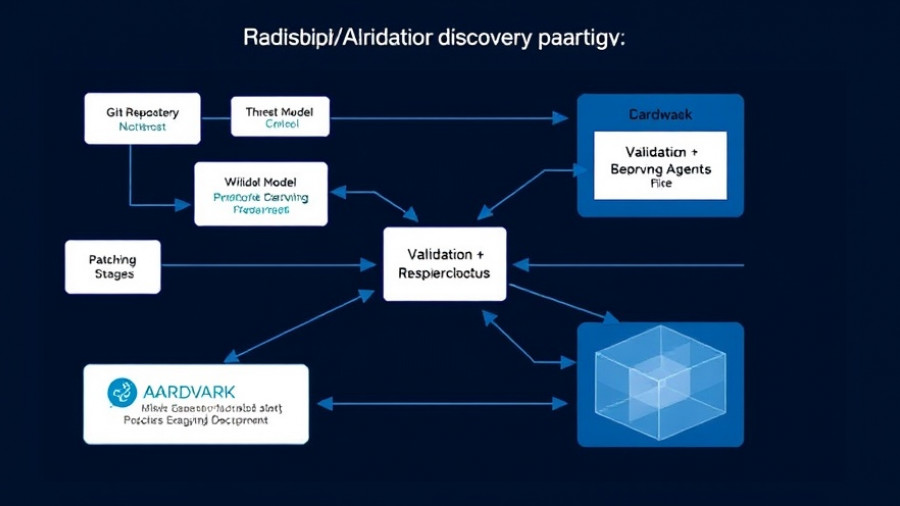
The Evolution of AI Agents: Google Unveils Gemini 2.5
The tech world is buzzing as Google (GOOGL) introduces its latest innovation in artificial intelligence with the Gemini 2.5 Computer Use model. This advanced system permits AI agents to act and interact with websites in a way that resembles human behavior. The capabilities include browsing, clicking buttons, typing, and scrolling—all fundamental actions that enhance the efficiency of automated processes.
Transforming Interfaces: Beyond Traditional APIs
Previously, AI systems relied heavily on structured inputs and APIs to fetch information. However, Gemini 2.5 marks a significant shift towards agentic AI, enabling these systems to handle visual and functional interactions autonomously. Unlike typical API operations, this model allows agents to ‘see’ and engage with on-screen elements directly, a leap towards creating genuinely interactive assistants.
How Gemini 2.5 Works: A Look Inside
The operational mechanics of the Gemini 2.5 model are intriguing. AI agents receive a user prompt, a screenshot of the interface they’re intended to interact with, and a history of past actions. This information forms an interaction loop that enables the agents to decide on the next steps—whether that means clicking a button or filling out a form.
Google is touting the model's ability to manage complex tasks across various platforms, from e-commerce to navigation systems. Initial tests show promising results, with the model successfully handling significant online tasks, although it encountered challenges with certain complex website interactions.
Competitive Landscape: Google vs. Industry Peers
Sundar Pichai, CEO of Google, emphasized that these advancements are crucial in the broader race for AI supremacy. This model enters a competitive field where OpenAI’s ChatGPT and Anthropic’s Claude are also pushing capabilities of agentic AI. Evaluations position Gemini 2.5 favorably; it has outperformed rival models in multiple benchmark tests, showcasing not only higher accuracy but also improved response latency.
Real-World Applications and Performance Insights
The model isn't just theoretical; it's already being deployed across various teams, including Google's internal test systems. Reports indicate that Gemini 2.5 can significantly reduce engineering woes, with applications showing improvements in test execution success and reduced update times. External partners are witnessing similar advantages, citing enhanced performance in data retrieval and task management.
Safety and Security Measures in Focus
Security remains a paramount concern, particularly when AI systems are granted capabilities to manipulate user interfaces. Google has integrated a robust safety framework that assesses each proposed action for risk factors, ensuring that user data and integrity are safeguarded during interactions. Any action that could compromise security triggers additional confirmation steps, maintaining a layered defense against potential misuse.
Looking Forward: The Future of Agentic AI
The launch of Gemini 2.5 marks a pivotal step in the future of agentic AI, with possibilities extending far beyond simple task completion. As systems evolve, the interaction between AI agents and human users is likely to become increasingly seamless. This trajectory raises important questions about the implications of such technologies: How will they reshape our interactions with the digital world? What will be the economic impact on industries reliant on these tasks?
The conversation around AI continues to grow, and as developers and businesses explore these new tools, it becomes essential to remain informed not only about the capabilities of this technology but also about its broader implications for society and individual users alike!
In summary, Google’s Gemini 2.5 Computer Use model represents not just a technological advancement but a shift in the paradigm of human-AI interaction. As we look ahead, the evolution of agentic AI will continue to be a driving force in reshaping digital experiences.
 Add Row
Add Row  Add
Add 




Write A Comment